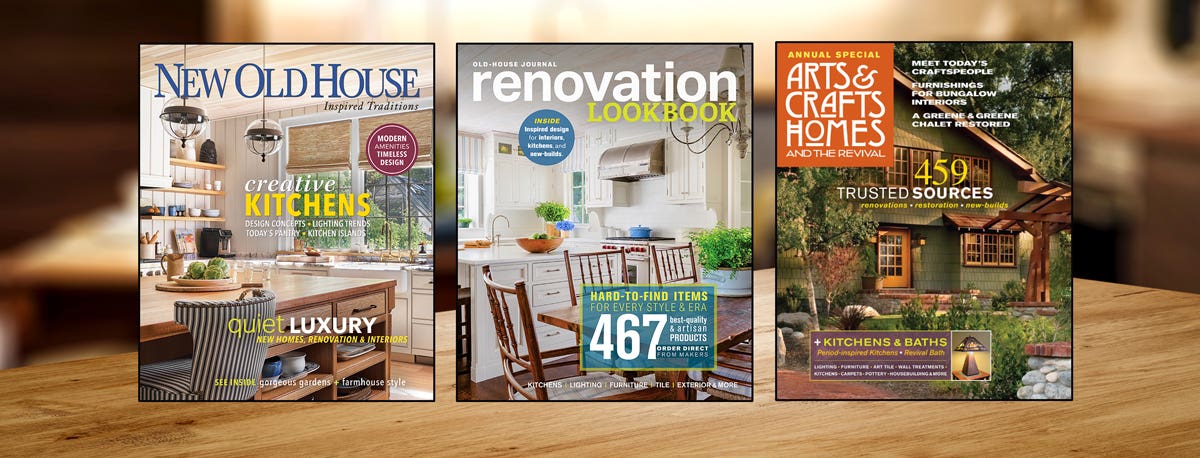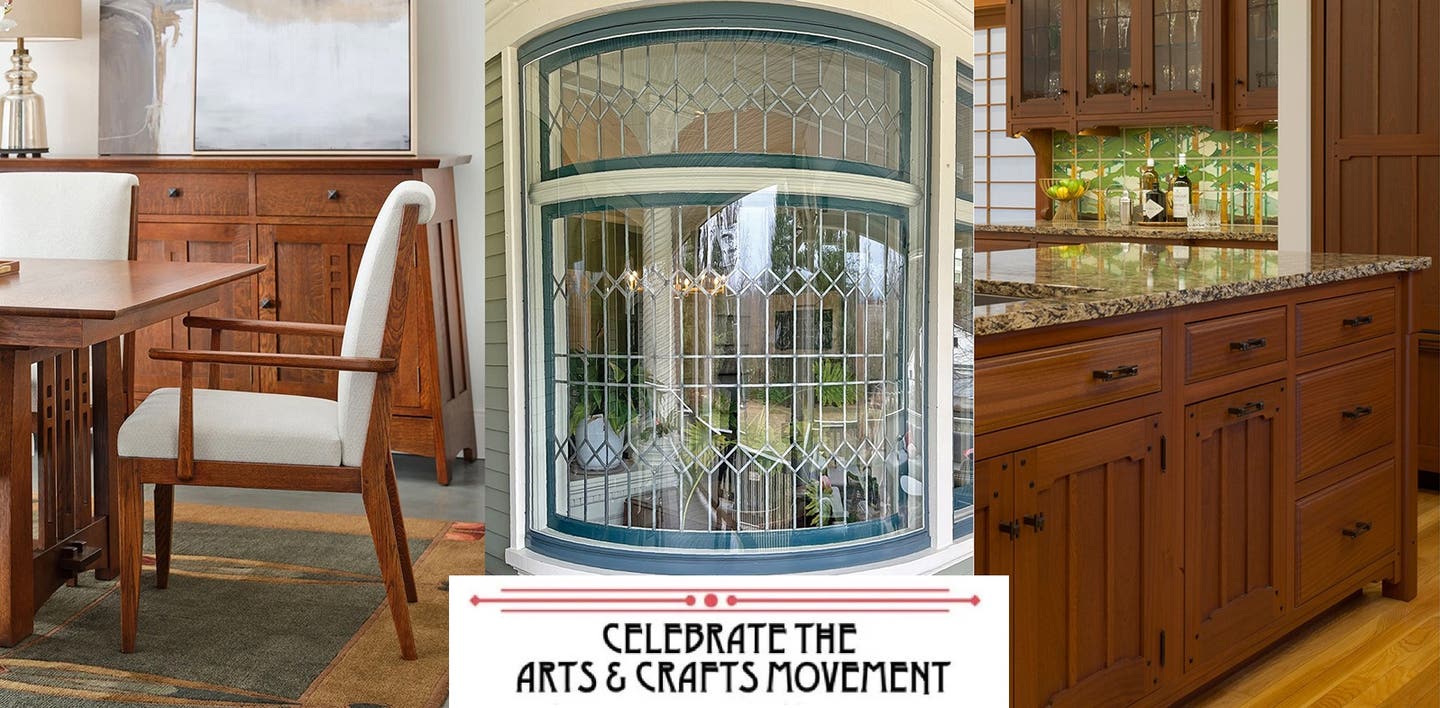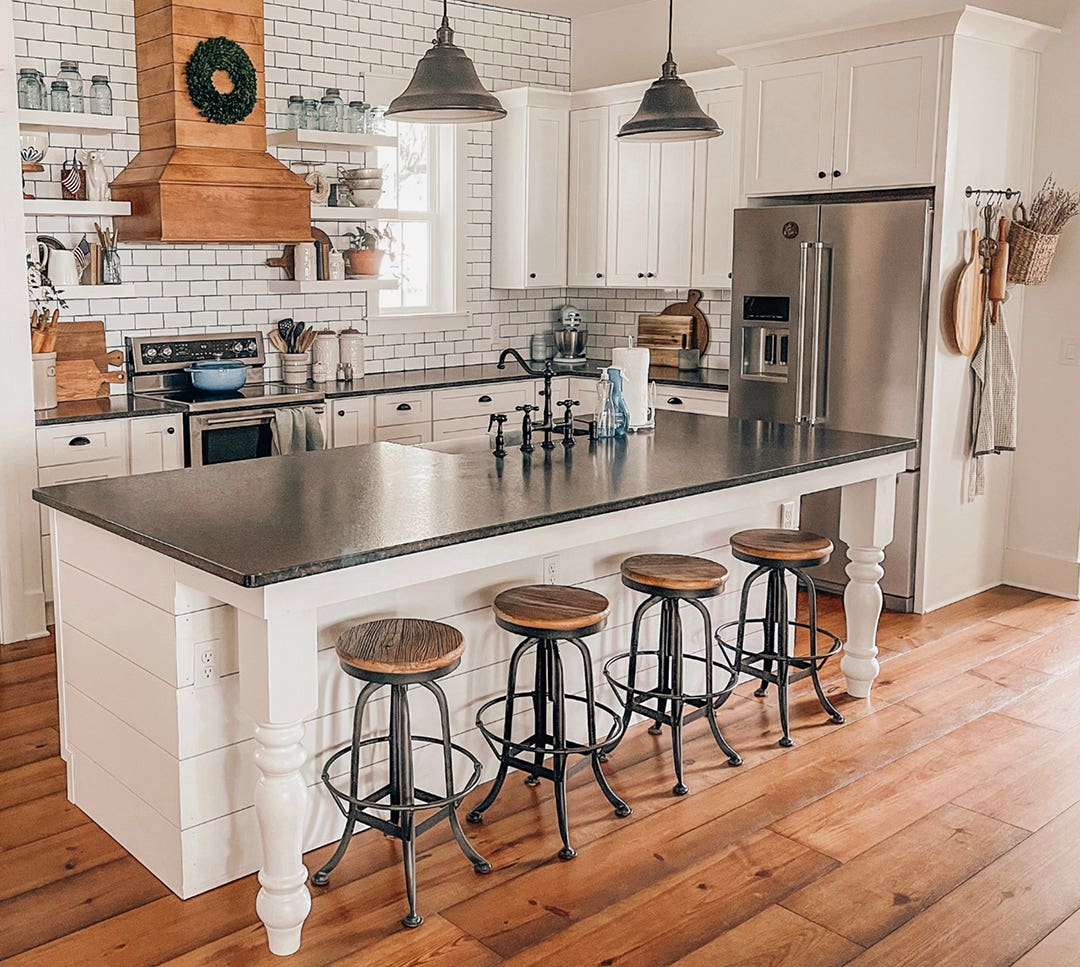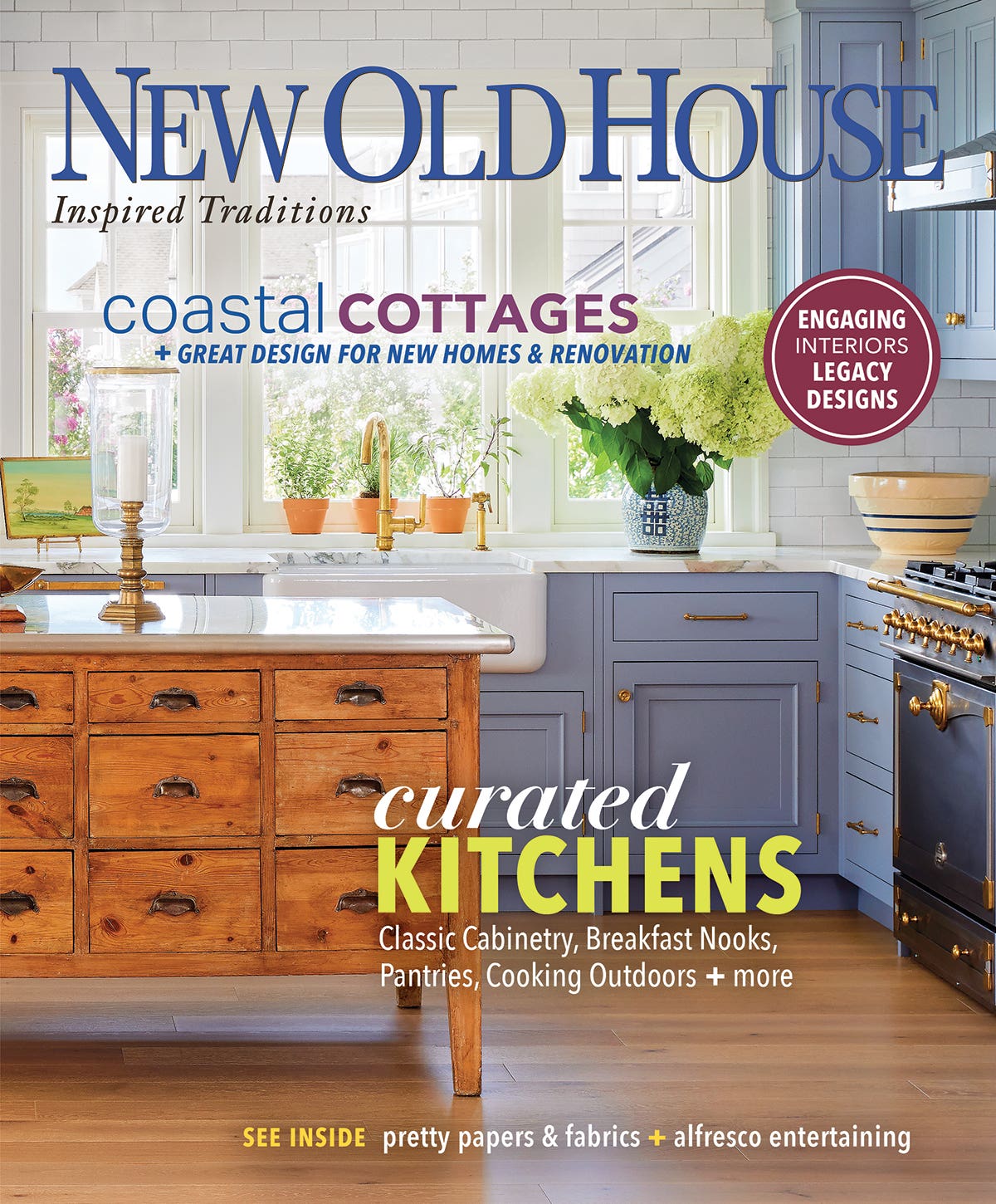Advice Worth Repeating
“How do you keep coming up with new ideas?” people sometimes ask—people who know I’m decades into an old-house career. The answer transcends magazines or Arts & Crafts, of course….
“How do you keep coming up with new ideas?” people sometimes ask—people who know I’m decades into an old-house career. The answer transcends magazines or Arts & Crafts, of course. Anyone who is deep into a subject knows that knowledge leads one deeper still; there will always be another layer to plumb (not to mention another bathroom).
I’ve had to be mindful, in fact, to come up with old ideas. Certain advice reveals its wisdom only when we hear it again and find it still applies. I’ve been thinking about what I’d be sure to tell the new owner of a Craftsman house or bungalow. Here’s a start. Send me your rules!
DON’T RUSH IN: Good advice for everyone, perhaps especially for owners of 20th century houses, who may see them as old but not historic. Learn about your style before you tear out the “little fireplace windows” or inglenook benches. Corollary: Clean it first. (A lot of times we are overreacting to filth.)
ASSUME YOU CAN FIX almost any well-built component of the past. Both lumber and general craftsmanship were better than today’s average. Windows, for example, may be patched, scraped and painted, then rehung. New replacement windows will notably change the look of the house and introduce modern systems designed for replacement or obsolescence.
DON’TOVER-LIGHT with ceiling spots, recessed cans, and bright bulbs in an effort to “lighten dark rooms.” Like white-painted walls against a dark oak wainscot, strong lighting will make the woodwork appear black. For a bungalow ambiance you will come to love, stay mellow to bring out the wood’s highlights. Install dimmers. Related: Don’t paint varnished woodwork, especially not white.
CREATE SEATING AREAS in a long or wide living room that spans the house. It doesn’t work to put furniture against the walls and leave the middle open. Consider separate conversation groupings, using area rugs for definition. Direct traffic with the furniture plan. (to be continued)
Patricia Poore,Editor
ppoore@homebuyerpubs.com
10 Harbor Rd., Gloucester, MA 01930
Patricia Poore is Editor-in-chief of Old House Journal and Arts & Crafts Homes, as well as editorial director at Active Interest Media’s Home Group, overseeing New Old House, Traditional Building, and special-interest publications.
Poore joined Old House Journal when it was a Brooklyn-brownstoner newsletter in the late 1970s. She became owner and publisher and, except for the years 2002–2013, has been its editor. Poore founded the magazines Old-House Interiors (1995–2013) and Early Homes (2004–2017); their content is now available online and folded into Old-House Journal’s wider coverage. Poore also created GARBAGE magazine (1989–1994), the first unaffiliated environmental consumer magazine.
Poore has participated, hands-on, in several restorations, including her own homes: a 1911 brownstone in Park Slope, Brooklyn, and a 1904 Tudor–Shingle Style house in Gloucester, Massachusetts, where she brought up her boys and their wonderful dogs.







